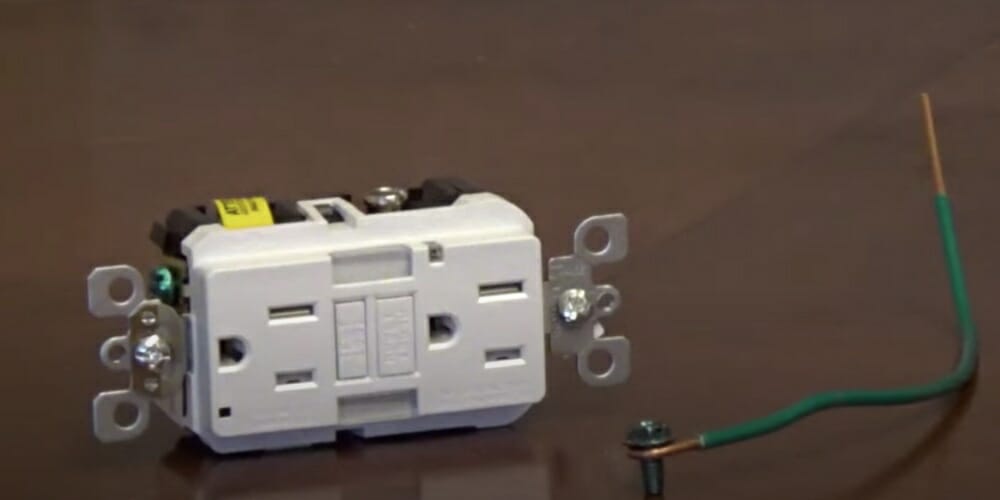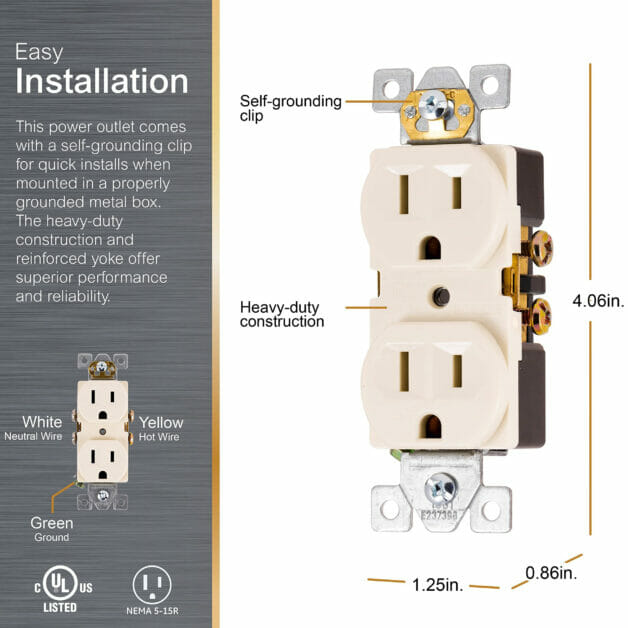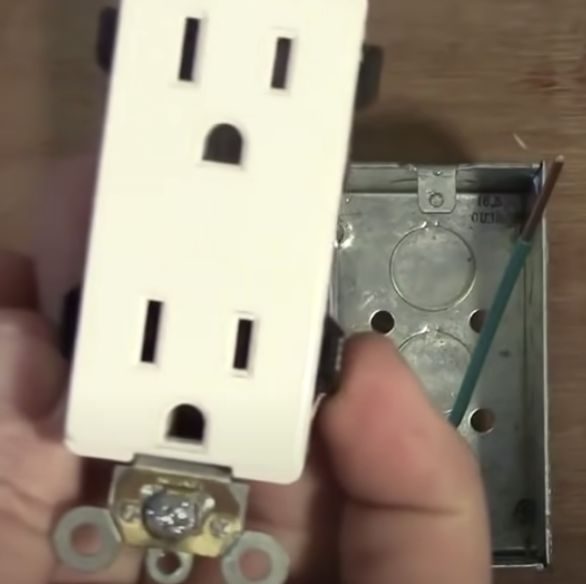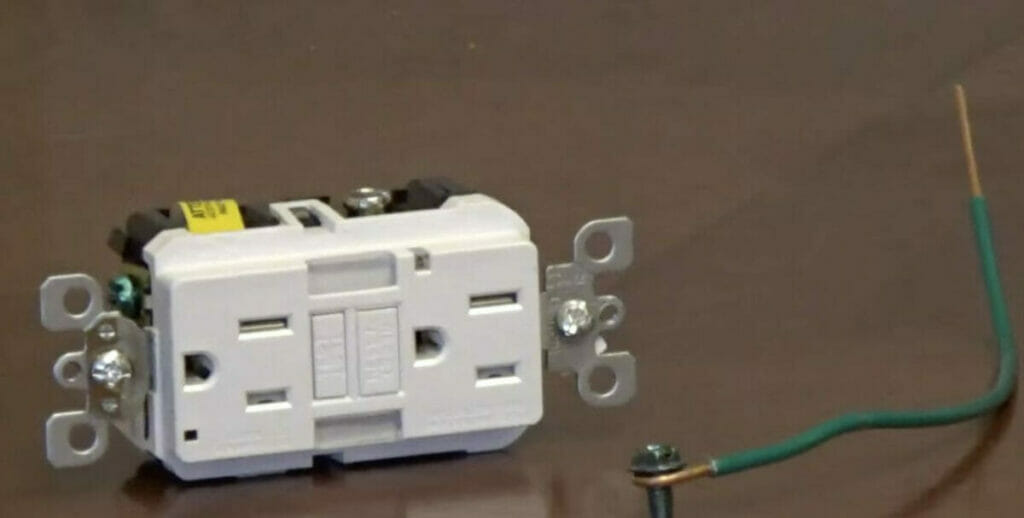What is a Self-Grounding Outlet?

What exactly is a self-grounding outlet?
You know about regular outlets and may have seen a GFCI outlet, and you probably also know about the importance of grounding, but what about a self-grounding outlet? As the name suggests, it’s an outlet capable of grounding itself. Specifically:
All outlets must be grounded, but an outlet is self-grounding if it has a “ground tail” and has adequate bonding with its metallic box. It doesn’t require a ground wire.
I’ll explain its purpose, features, ground tail, suitability, and legal requirements.
Self-Grounding Outlets
Purpose
Self-grounding electrical outlets are designed to protect people from electric shock.
The nature of electricity is that it seeks a clear path toward the ground. Grounded (or earthed) sockets provide such a path so that any person touching the outlet or appliance with a short circuit would not get an electric shock.
Outlets capable of providing such protection include GFCI and self-grounding outlets.
Features
A self-grounding outlet typically has a self-grounding clip, as shown below.

Self-grounding outlets are also typically heavy-duty. The above example has reinforced the yoke to provide “superior performance and reliability.”
Another way to identify a self-grounding outlet is to notice two vertical and parallel slits about 1” apart.

The Ground Tail
Besides offering greater protection than regular outlets, a self-grounding outlet usually has a ‘ground tail’ for wrapping around the green screw.
This tail extends from the outlet’s metal box to the outlet itself to provide safety while working with AC cables, metal conduits, and metal boxes.

The metallic construction is necessary because a plastic box cannot be grounded.
Suitability
Self-grounding outlets prove to be particularly useful in non-concrete walls.
This is because it’s usually difficult to drill into boxes embedded in a concrete wall for the ground tail. In other situations, you can install a self-grounding outlet, and it’s ready for use without requiring a ground wire.
Normally, the bond of the outlet with the box is sufficient for a self-grounding outlet to work for you.
More Advantages
Self-grounding outlets additionally offer more advantages over regular outlets. They are:
- Usually cheaper than GFCI outlets, which offer similar protection.
- Safer and multifunctional compared to regular outlets.
- Heavy-duty construction, providing reliability and durability.
Legal Requirements
GFCI outlets are common and prescribed in certain situations, such as moisture-rich areas, but self-grounding outlets are not due to legal requirements specifying GFCI outlets.
Reminder
When installing a self-grounding outlet, note that it will only be grounded if the metal enclosure is grounded. So if you replace a regular outlet with the outer part of a self-grounding outlet, i.e., without changing the box, it will not be grounded.
Image Reference
Outlet with Self-grounding clip. They were retrieved from https://www.amazon.com/GE-42157-Heavy-Duty-Receptacle-Self-grounding/dp/B07KFQJGC6.
Video References
FIX IT Home Improvement Channel
Sparky Channel
